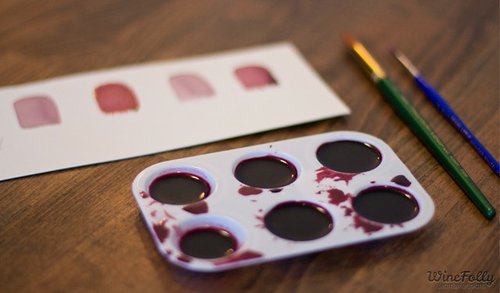Wine + Entertaining Blog
A toast to the colorful life. Cheers to full glasses and fulfilling experiences.
Need Mother's Day Inspiration? Discover the Joy of Painting with Mom at Pinot's Palette!
This Mother's Day, give Mom the gift of creativity, relaxation, and quality time spent together with a painting and wine class. Mother's Day is a special occasion to honor and celebrate the incredible women who have shaped ou...view full post
Posted by / Pinot's Palette South Hill










